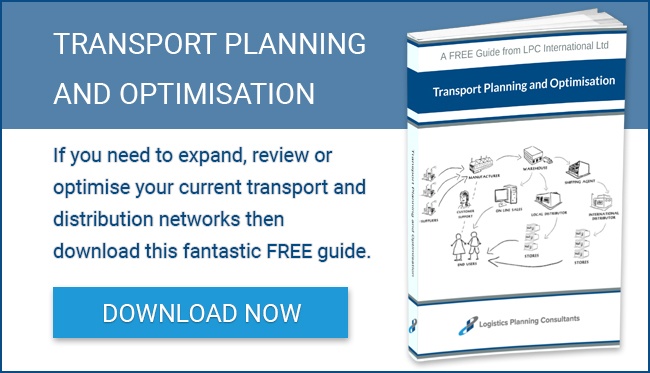
Transportation is a key element in logistics – getting the product into your warehouse and out again to satisfy customer demand in a timely manner and to the correct destination. It can be compared to an ongoing battle against mishaps, a battle that recurs on a daily basis with a vast range of potential disaster just waiting to upset the best laid plans.
Of course, the best laid plans will also cover contingency measures for many of these potential hiccups.
One must not lose sight of the fact that transport is just one link in the supply chain, although a pivotal one. For a transport plan to work at optimal efficiency, it must also consider and dovetail with a number of other supply chain elements. For example:
- Customer Service
- Vehicle Choices
- Inbound Logistics
- Returns
- Integration with Warehouse Operations
- Transport Choices and Outsourcing
Customer Service
Any company that delivers to its customers effectively has a SLA (service level agreement) with them even if it’s not stated as such. Service levels can add cost and reduce efficiency unless they are optimised to suit the level of resources available. It’s important to calculate the cost of service. It is also important to consider transport as an internal service provider that is engaged by the sales department to deliver on its promise of a stated service level to the customer. But that does not mean that Sales can promise faster delivery willy nilly. Transport costs do not come out of the sales budget and Sales must be made fully aware of their limits. However, a range of different service levels can certainty be considered but each one needs to be carefully costed and either included in transport planning or specifically excluded.
Vehicle Choices
Your choice of vehicle will often have implications for other elements of your operation e.g. warehousing. Integrating vehicles into your operation needs to be properly thought through. For example, is side loading/unloading faster than tail loading/ unloading? This will affect turnaround times and therefore the number of journeys that can be made and number of vehicles you need. Some aspects to be considered are:
- Are your vehicles side or end loaded?
- What size are they - 3 cwt vans to 44 tonne artics?
- Do they interface with your warehouse correctly?
- How are they off-loaded at their destination?
- Do you use tail lifts or carry MHE (mechanical handling equipment)
- Who loads and unloads?
- Sleeper cabs for long journeys?
Inbound Logistics
There is scope here for creative thinking and examining opportunities. Whether operating an in house or outsourced transport operation, it is worth investigating the potential savings of moving your suppliers to factory gate pricing rather than accepting a delivered price. Collecting your inbound goods on the return leg of an outbound trip will reduce empty running miles as well as saving money on the cost of your purchases.
This Analysis Of Opportunity Ties In With The Following:
- Warehouse operations - in that inbound arrivals must be within the correct window as needed by your warehouse operations
- Service levels - in that some customers’ strict booking times may render backhaul opportunities unviable and
- Transport planning - to marry the best fit between a secondary delivery trip and a primary inbound collection.
- Other third party opportunities where un-associated loads may be available for carriage. These may only be opportunistic and not able to be included in up front modelling
Returns
These include not just customer returns but also equipment, such as pallets, cages and totes, and waste such as cardboard and plastics being bought back for processing. How these are loaded and managed can affect the efficiency of the transport operation, and the opportunity potential for return loads and inbound logistics to reduce costs or even to generate revenue.
Integration With Warehouse Operations
Warehouse and transport operations need to be aligned to minimise any adverse impact on each other and minimise overall cost. The least expensive transport solution could lead to increased cost in the warehouse making it a false economy. The facility requirements needed to accommodate the transport solution (count and types of doors / docks, vehicle staging areas, reticulation and gatehouse lanes and queues) should be taken into account when costing a potential transport solution.
Transport Choices & Outsourcing
Planners should frequently examine the transport providers and keep abreast of offers, services and pricing. In a fiercely competitive market, an opportunity to sensibly outsource some, or all,transport elements may make perfect sense and substantial savings.
The type of service considered will very much depend on the size of the requirement, the nature of the product delivered, the types of and the service levels required and, not least of all, the cost.
Typically, in decreasing order of service level and cost, the list would look like this:
- 3PL (or in house) for a dedicated solution
- Shared user for sharing resources with a suitable co-user(s) that has similar service level requirements to that of your business.
- Multi User where lower costs are important.
- Pallet networks or couriers
This article can only provide a flavour of the elements involved in sound transport planning and strategic thinking. For a more detailed view, download our Transport Planning & Optimisation Guide for free today.


